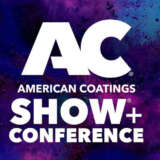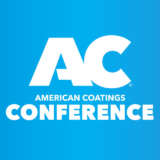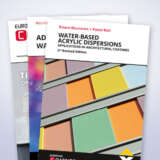“Research is Largely Focused on the Green Transformation“
Growth potential and research

Artur Palasz
Technical Director of Spektrochem
Artur Palasz, Technical Director of Spektrochem, Technical Center of Raw Materials for Architectural Paints, offers insight into the latest developments in waterborne coatings.
What does research focus on in the waterborne coatings sector?
Research is largely focused on the green transformation understood as the extensive use of raw materials from renewable resources. Research on bio-based additives, binders and recycled raw materials is a significant part of laboratory work to find the best performance, efficiency and stability in formulations. Here we cannot fail to mention research on new sources of renewable resources for the production of raw materials, which are part of sustainability, primarily increasing the availability of bio-based resources.
An equally important area of research is work on conventional raw materials and paints with even further reduced VOC and SVOC, improving workability by extending open-time, especially in weather conditions such as Arizona or Nevada, as well as continuous improvement of durability for coatings exposed to atmospheric factors.
Where do you see the strongest growth potential for waterborne coatings in the upcoming years?
I think growth lies in the area of the increasingly wider and conscious use of bio-based ingredients in formulations, as well as in the face of increasing prices of raw materials, their more optimized use of conventional raw materials and focusing on increasing the range of functionality of coatings in terms of easy-to-clean for interior paints, for a longer life of coatings at their daily use; and reducing energy consumption for air conditioning facilities by renovating roofs using liquid elastomeric roof membranes with a high solar reflectivity coefficient. Also important are the usage of raw materials with an even lower impact on the environment not only in terms of their VOC, but also the need for more frequent deliveries (high solids ingredients), and ease to disperse (less energy consumption during production, shorter production time), etc.
Do you see developments that would make water-based coatings less sensitive under varied environmental conditions?
Definitely, yes. Many research efforts are focused on the greater performance of binders in terms of film-forming properties in various temperature ranges. Together with film forming aids, open-time extending additives and appropriate construction of the formulation allow application in temperature and humidity conditions where not long ago it wasn't possible to apply waterborne paints. Additionally, more attention is being paid to the durability of coatings in terms of the impact of various atmospheric factors, ranging from fading or chalking due to exposure to solar radiation, leaching due to rain, etc. All this requires appropriate advancement in the area of raw materials, formulations, and awareness of performing appropriate tests, including weathering tests, which means that today's waterborne paints can increasingly replace solventborne paints and be used in environments where they were not possible a dozen or so years ago.























